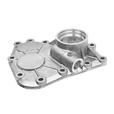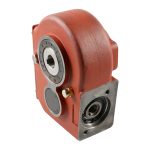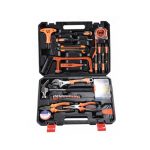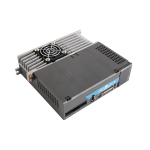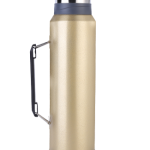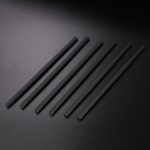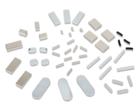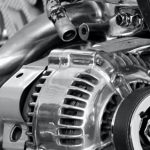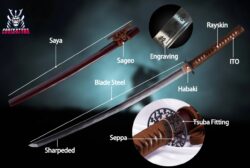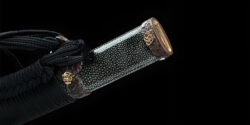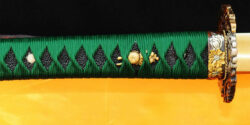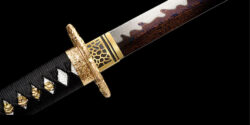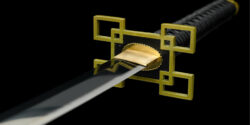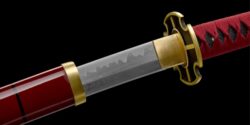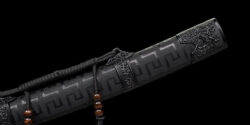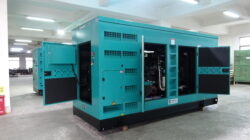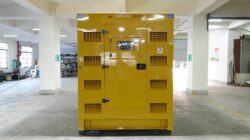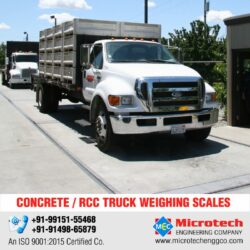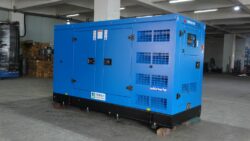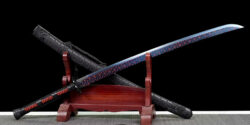Advancements in Aluminum Die-Casting Accessories for Electric Vehicles
With the global shift towards sustainable transportation, electric vehicles (EVs) have emerged as a pivotal solution to reduce greenhouse gas emissions and combat climate change. As the EV market continues to grow, there is a rising demand for high-quality and efficient components to enhance vehicle performance and durability. One such critical component category is aluminum die-casting accessories. In this article, we will explore the latest advancements in aluminum die-casting accessories for electric vehicles, highlighting their significance, technological innovations, and future prospects.
Introduction
The automotive industry is undergoing a paradigm shift, transitioning from internal combustion engines to electric powertrains. This transition has given rise to a new era of automotive manufacturing, where lightweight materials and innovative technologies are at the forefront. Among these materials, aluminum has gained substantial attention for its exceptional properties such as lightweight, high strength, and corrosion resistance. Aluminum die-casting accessories, including but not limited to battery housings, motor components, and structural elements, play a pivotal role in making electric vehicles more efficient and sustainable.
Significance of Aluminum Die-Casting Accessories
Weight Reduction
One of the primary advantages of using aluminum die-casting accessories in electric vehicles is the significant reduction in weight. Aluminum is approximately one-third the weight of steel, making it an ideal choice for components in EVs. The lightweight nature of aluminum helps enhance the vehicle’s overall efficiency by reducing energy consumption and extending the driving range per charge.
Thermal Management
Efficient thermal management is crucial for the performance and longevity of electric vehicle components, especially the battery and motor. Aluminum’s excellent thermal conductivity allows for effective heat dissipation, preventing overheating and ensuring optimal operating conditions. This is essential in improving battery life and overall vehicle performance.
Corrosion Resistance
Aluminum possesses inherent corrosion resistance properties, which are essential in the context of electric vehicles. EVs often operate in diverse environmental conditions, including exposure to moisture and road salts. Aluminum die-casting accessories help mitigate corrosion-related issues, enhancing the durability of critical vehicle components.
Technological Innovations
Advanced Casting Techniques
In recent years, significant advancements have been made in aluminum die-casting techniques, resulting in more precise and complex component designs. High-pressure die-casting (HPDC) and squeeze casting are examples of these techniques, allowing for the creation of intricate and lightweight structures while maintaining structural integrity.
Alloy Development
The development of specialized aluminum alloys tailored to the needs of electric vehicles has been a notable breakthrough. These alloys offer a combination of high strength, lightweight properties, and corrosion resistance. For instance, the use of aluminum-silicon (Al-Si) alloys has become prevalent in battery housing and structural components.
Integration of Smart Features
Aluminum die-casting accessories are no longer just passive components but are increasingly equipped with smart features. This includes embedded sensors for real-time monitoring of temperature, stress, and component health. Such features contribute to predictive maintenance and overall vehicle safety.
Future Prospects
As the electric vehicle market continues to expand, the demand for aluminum die-casting accessories is expected to rise significantly. To meet this growing demand, manufacturers are investing in research and development to further improve the performance and sustainability of these components.
Sustainable Materials
In line with the broader sustainability goals of the automotive industry, there is a push towards using recycled aluminum and adopting more environmentally friendly die-casting processes. These initiatives aim to reduce the carbon footprint associated with manufacturing aluminum accessories for EVs.
Integration with EV Ecosystem
Aluminum die-casting accessories will likely become more integrated with the broader EV ecosystem. This could include standardization of components for interchangeability, creating opportunities for aftermarket upgrades, and enhancing overall vehicle modularity.
Conclusion
Aluminum die-casting accessories have emerged as indispensable components in the electric vehicle industry, contributing to weight reduction, thermal management, and corrosion resistance. Recent technological innovations have further improved the performance and functionality of these accessories, with a focus on advanced casting techniques, alloy development, and smart features.
As electric vehicle adoption continues to grow and environmental concerns persist, the future of aluminum die-casting accessories appears promising. Sustainability efforts, including the use of recycled materials and eco-friendly manufacturing processes, will likely play a significant role in shaping the industry’s direction.
In summary, the evolution of aluminum die-casting accessories is closely intertwined with the advancement of electric vehicles. These accessories are poised to continue driving innovation in the automotive sector, making electric vehicles more efficient, durable, and sustainable for the benefit of our planet.
